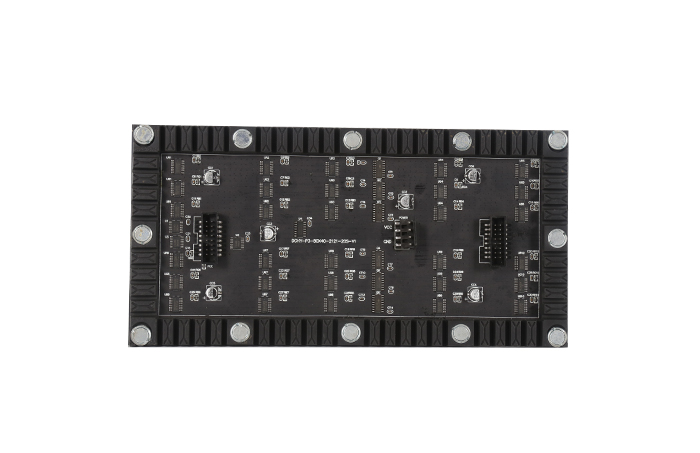source:other news release time:2023-06-02 Hits: Popular:led screen wholesaler

LED, also known as Light Emitting Diode (LED), is a semiconductor light emitting device that can convert electrical energy into light energy, belonging to solid-state light sources. It uses solid semiconductor chips as luminescent materials. When a forward voltage is applied at both ends, the charge carriers in the semiconductor recombine, releasing excess energy and causing photon emission to produce visible light. Compared with traditional vacuum incandescent bulbs, semiconductor LED light sources have unparalleled advantages. The working life of semiconductor LEDs is extremely long, more than 10 times that of traditional lighting fixtures, effectively reducing costs; It has low power consumption, high luminous efficiency, and energy conservation, making it a suitable candidate for future energy strategies; The small size, light weight, and strong adaptability of LED light sources provide great flexibility for design and application; Due to the fact that white high-power LED light sources are solid bulbs that do not need to be encapsulated in vacuum glass, they are resistant to impact and collision; LED light sources are also a pollution-free mercury free light source.
Especially in recent years, with the improvement of LED chip technology, the decrease in price, and the maturity of related driving circuits, the application of LED light sources in the lighting field has become possible. In the current global energy shortage situation, some developed countries and regions around the world have implemented plans to promote the development of the LED industry. The United States, Japan and other countries, as well as Taiwan, have predicted the benefits of LED lighting. 55% of incandescent and fluorescent lamps in the United States are replaced by LEDs, saving $35 billion in electricity bills annually and reducing 755 million tons of carbon dioxide emissions annually. Replacing 100% of Japan's incandescent lamps with LEDs can reduce the power generation of 1-2 nuclear power plants and save over 1 billion liters of crude oil consumption annually. 25% of incandescent lamps and 100% of fluorescent lamps in Taiwan have been replaced by LEDs, saving 11 billion kilowatt hours of electricity annually.
The 2008 Beijing Olympics and the 2010 Shanghai World Expo, which attracted worldwide attention, both focused on green and energy-saving themes, bringing huge historical opportunities to the development of China's LED lighting industry. According to a prediction recently released by well-known domestic research company Sinotes, driven by the strong influence of the Olympics and World Expo, the size of China's LED lighting market will rapidly grow from 4.85 billion yuan in 2007 to 9.81 billion yuan in 2010. In the context of global energy shortages and increasing environmental requirements, with the significant advantages of LED lighting technology such as high brightness, long service life, energy conservation, and green environmental protection, and with the rapid development of LED technology, the time for LED to become a common lighting source is approaching, and it will inevitably become a new lighting revolution in human lighting history, following incandescent lamps and fluorescent lamps.
Read recommendations:
rental led display module company
The difference between LED and LCD screens.IP65 High Brightness led screen